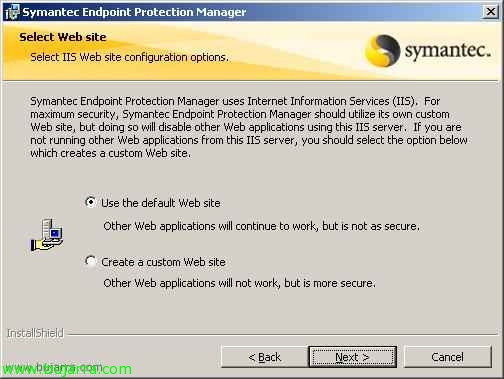
Specifically, the compromised account credentials provided remote administrative access to hosts running legacy operating systems that used Symantec Endpoint Protection, which is un/fortunately easy to disable with Local Administrator access.Īccess to legacy systems running Symantec Endpoint Protection allowed us to continue the Red Team engagement without having to further interact with CrowdStrike Falcon.

The password guessing attacks led to the compromise of credentials for an account that had Local Administrator privileges over a limited number of systems in the environment. Luckily, CrowdStrike Falcon provided enough wiggle room that we were able to use tools to perform password guessing attacks against domain user accounts. Our progress was affected enough that it forced us to focus on how to bypass CrowdStrike, rather than focusing on arguably more important aspects of the engagement such as identifying security misconfigurations and/or gaps in alerting and response. CrowdStrike Falcon gave us a difficult time by preventing several tools, techniques, and procedures (TTPs) from working that we had previous success with on prior engagements in terms of evading CrowdStrike Falcon. The beginning of this engagement was particularly frustrating as the client used CrowdStrike Falcon for the primary EDR solution in their environment.

In this edition of Bypassing Defenses, we’ll highlight how we were able to bypass the Endpoint Detection and Response (EDR) solution Symantec Endpoint Protection on a recent Red Team engagement, enabling the execution of known malicious tools without detection or prevention.


 0 kommentar(er)
0 kommentar(er)
